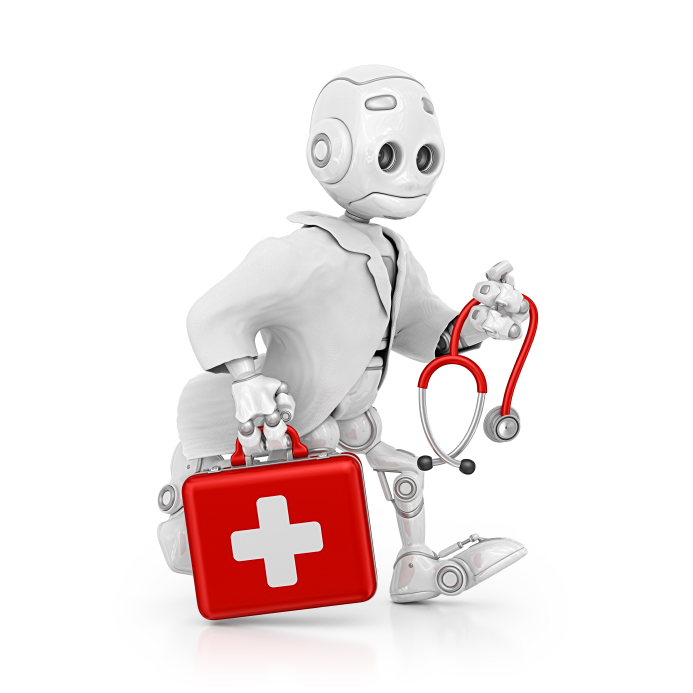

Robo-Pathologist Will Still Require Human Intervention
Keith Kaplan, MD, Chief Medical Officer
I read with interest a recent article entitled “If A Computer Can Diagnose Cancer, Will Doctors Become Obsolete?”. The discussion in the article has several purely economic points and focus, but what caught my eye of course was being made obsolete by a computer!
This, of course, is not a new idea. In medical school 20 years ago, I was involved with a pilot project of what was once a commercially available product that used artificial intelligence to provide diagnoses. I say was “once a commercially available product” because the company - and the application - are no longer in the market.
The idea was that one could take a clinical history, perform a physical examination, enter some laboratory and radiology results and a differential diagnosis would be presented to the physician.
The application performed exceptionally well when all the information input was accurate and complete at the time you hit “Go” on the application. If labs or pertinent imaging findings were not available (as if often the case with a brand new patient in your exam room), the differentials were often lengthy and non-specific. Recommended tests to further delineate the differential would range from excessive routine to esoteric and would not be cost-effective.
The coding of course was dependent on using “cough and shortness of breath” and “rales, rhonchi and wheezing” on physical examination and “high white blood cell count with predominance of neutrophils” and “infiltrate on chest x-ray” to tell you bacterial pneumonia was on the differential diagnosis, but also list a dozen other possibilities based on the algorithms using “and” or “or” type logic.
I think it is widely recognized that artificial intelligence, nanotechnology, and biotechnology are going to revolutionize all aspect of the fields of healthcare and medicine, including pathology and laboratory medicine.
Computers are already able to perform some “mundane” tasks such as counting cells or differentiating staining patterns with many FDA-approved, commercially available image analysis applications that are in clinical use for patient care.
While “computational pathology” is possible now and will improve, as has already been demonstrated with automated pap smear screening, the day will come when perhaps even “routine” pathology specimens can be screened for abnormal cells for review, will be identified and a specific list of diagnoses from which to choose will be presented.
To date, most of these applications still lack what our brains are capable of – not only storing and retrieving information, but forming new neural networks that can associate new with old information and integrate past information into new findings.
The human brain’s lack of a static operating system and software allows it to learn and continue to compute new information beyond any hardware or software ever devised.
Robo-doc and robo-pathologist will exist, but a human brain will still be needed to use instinct, highest probability reasoning, and the art of medicine in care of patients.
If you liked this post from Dr. Keith Kaplan, sign up for our blog to receive instant updates on new posts.

